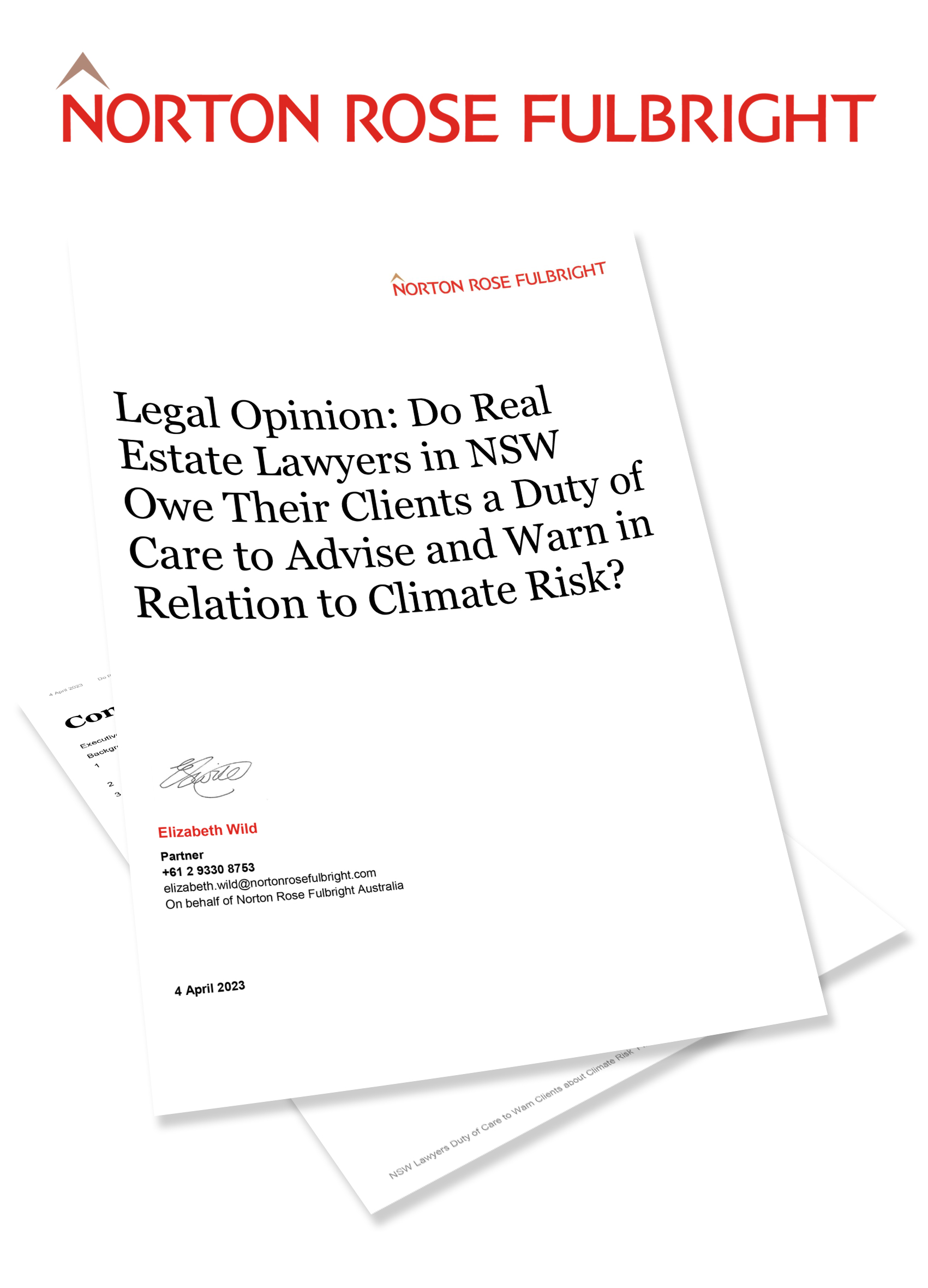“It is unequivocal that human influence has warmed the atmosphere, ocean & land. Human induced climate change is affecting many weather & climate extremes such as heatwaves, heavy rain, droughts & tropical cyclones; The impact of the change appears to be faster & more pronounced than previously anticipated."
IPCC — Intergovernmental Panel on Climate Change
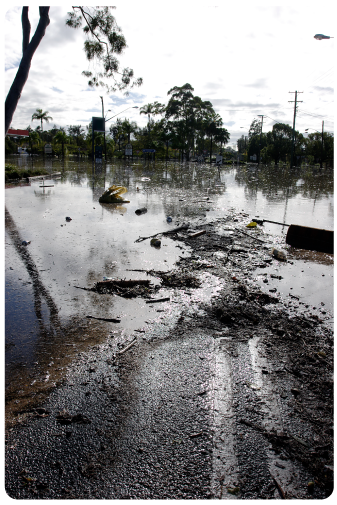
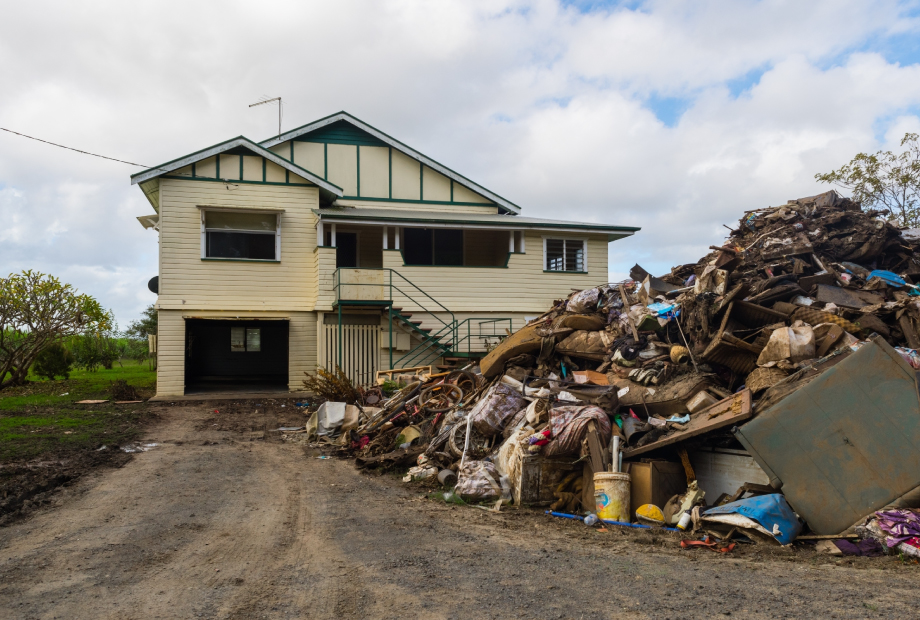

Economic costs
Direct economic losses resulting from natural disasters in 2022 around the globe are estimated at $313 billion*, with Australia experiencing its worst ever natural disaster*.
The overall cost to Australia of not meeting the Paris Climate Agreement from now to 2050 is $1.19 trillion* – due to infrastructure & property damage, agricultural & productivity losses, biodiversity loss and human health.
About 3.5 per cent* of dwellings in Australia already fall under an international definition of being at “high risk” from climate damage.
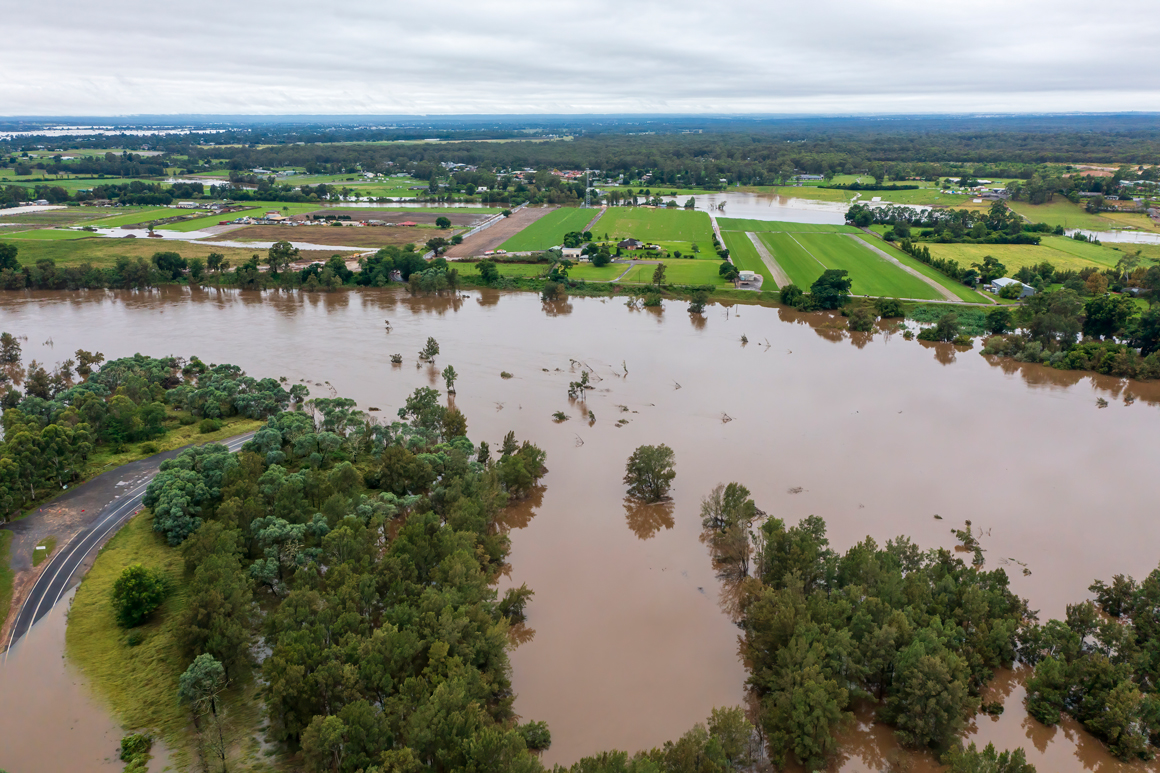

River Flooding
Flooding from rivers, estuaries and sea level rise poses the single greatest physical climate risk to properties in Australia. This is being driven by ever more frequent weather systems dumping record breaking rainfall amounts, especially across NSW and Queensland.
In 2022, Sydney received a staggering 8 months of rainfall in just 4 days, resulting in some 50,000 homes being evacuated. It became the 4th most costly weather event in history with an estimated insurance bill of some $4.3 Billion. By 2050, the average cost to each property in flood prone areas could be as high as $45,000.
This has inevitably meant huge increases in insurance premiums, with many areas close to rivers and coasts now finding effective and affordable cover impossible. This can also have the knock-on effect that securing the mortgage can become a real challenge.
Lismore 2022 - The Anatomy of a Flood.
On February 28, the biggest flood in modern Australian history inundated Lismore, and the rest of the Northern Rivers. Over the next two days, about 670 millimetres of rain falls in the region, and the waterways surrounding Lismore rise to a peak of 14.4 metres, affecting 31,000 people. Watch how the flooding evolved.
Image adapted from Sydney Morning Herald, visual stories team, with kind permission. Full article June 30 2022.
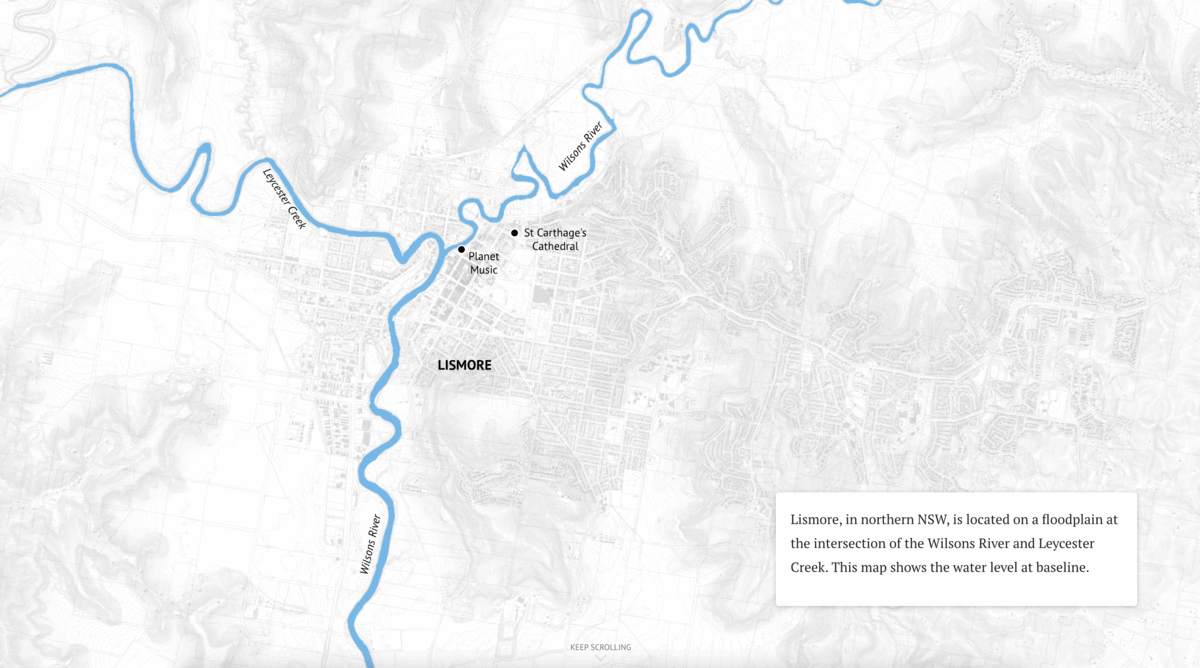
“If we’re to learn a lesson from the catastrophic flooding that we are now seeing happen in Australia every few years, it’s that we are severely underprepared. We urgently need to address the root cause of the heightened storm threat – climate change.”
Elly Bird, Councillor, Lismore City Council
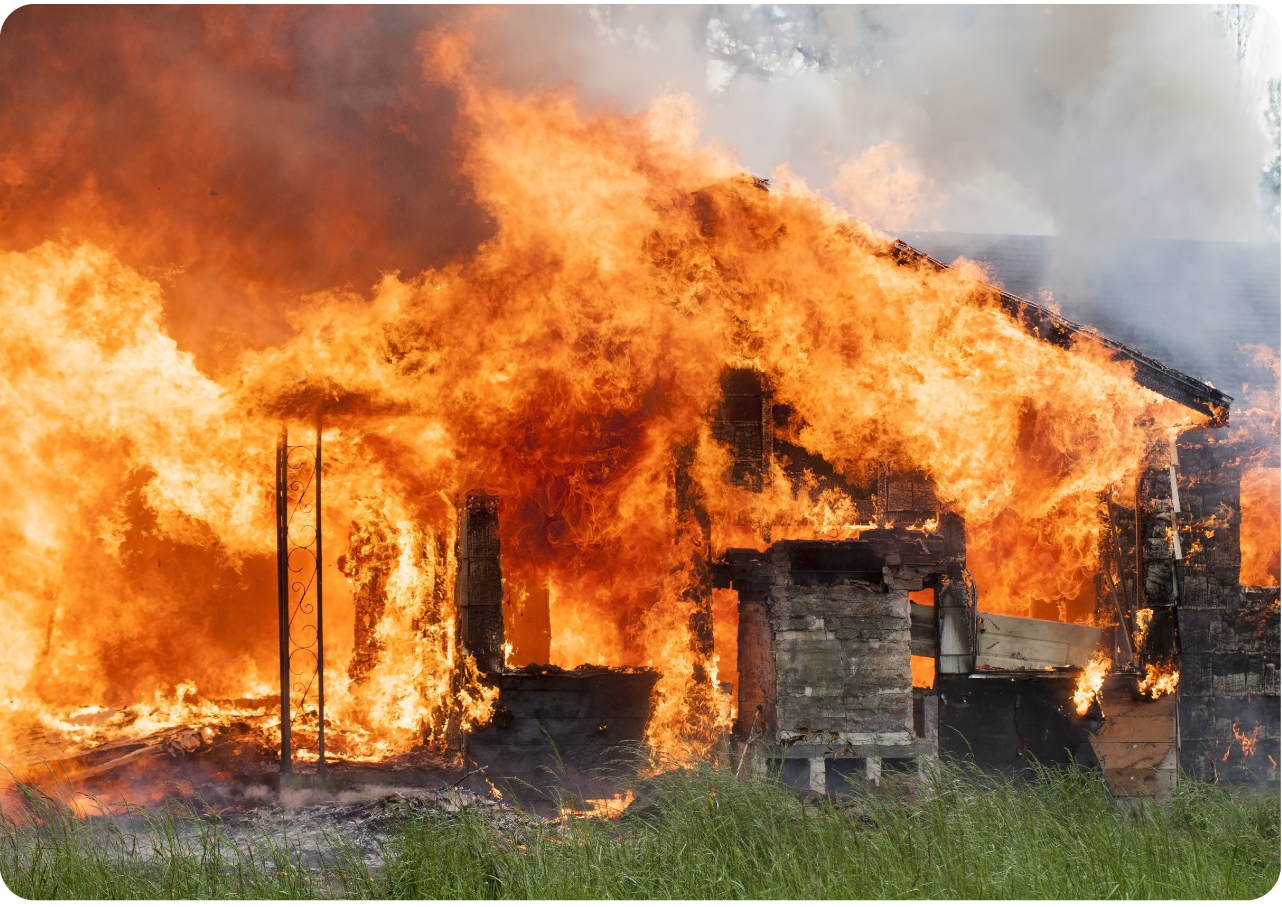
Bushfires
The Black Summer bushfires of 2019-2020 in eastern and south-eastern Australia were unprecedented in terms of their geographic location, spatial extent, severity and the forest types burnt. They were driven by extreme weather conditions including winter drought and high spring and summer temperatures, creating tinder-dry conditions.
While the above costs account for property and the native ecosystem restoration, the additional cost impacts to human health, loss of tourism and infrastructure could cost the Australian economy over $100 billion.
The Blue Mountains have the most properties at risk, followed by the Central Coast, Sutherland Shire, Wollongong and Wollondilly.
It can cost upwards of $100,000 to rebuild a 4 bedroom home, with an average of $46,000 per house to remove debris, rising to $68,000 if asbestos is found.
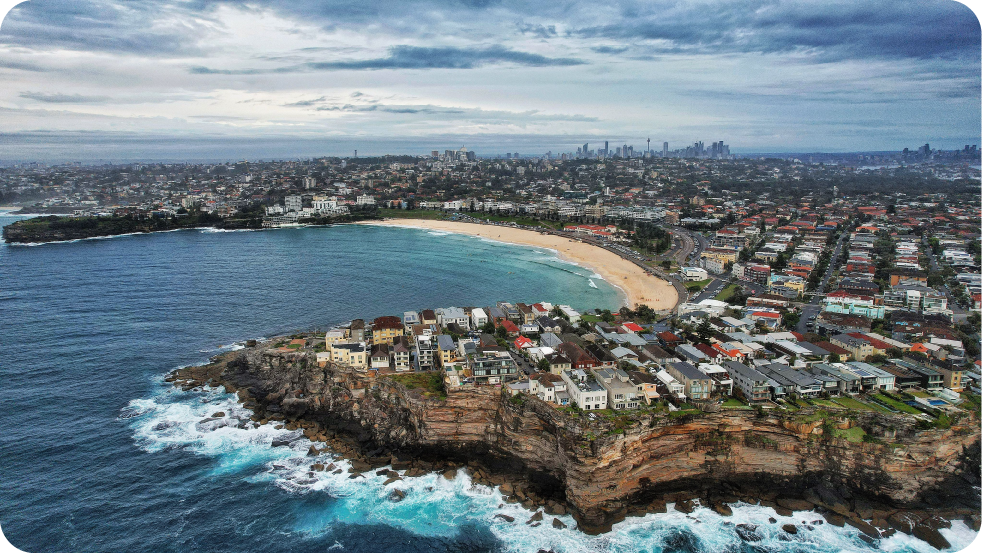
Coastal erosion
Australia has some 30,000 kilometers of dynamic coastline at the mercy of rising sea levels and warming ocean currents bringing increasingly more frequent storms.
This is accelerating erosion damage along attractive and expensive real estate, with the prospect of total loss in value in the most exposed and undefended locations.
“Sea level rise, combined with potentially more extreme climate episodes such as cyclones or storms will only increase coastal risk in Australia”
IPCC — Intergovernmental Panel on Climate Change – 2021
Legal Opinion: Do Real Estate Lawyers in NSW Owe Their Clients a Duty of Care to Advise and Warn in Relation to Climate Risk?
Conveyancers and real estate lawyers play a central role in advising their client on any risks with their planned home or investment asset. Going forward, climate change represents perhaps the single greatest risk to both property values and peace of mind.
We commissioned Norton Rose Fulbright, the pre-eminent environmental law practice in Australia, to consider the duty of care and other factors for NSW legal professionals. Their findings, which are being considered by the Australian Law Commission and NSW Law Society, are available exclusively through Groundsure.
Download